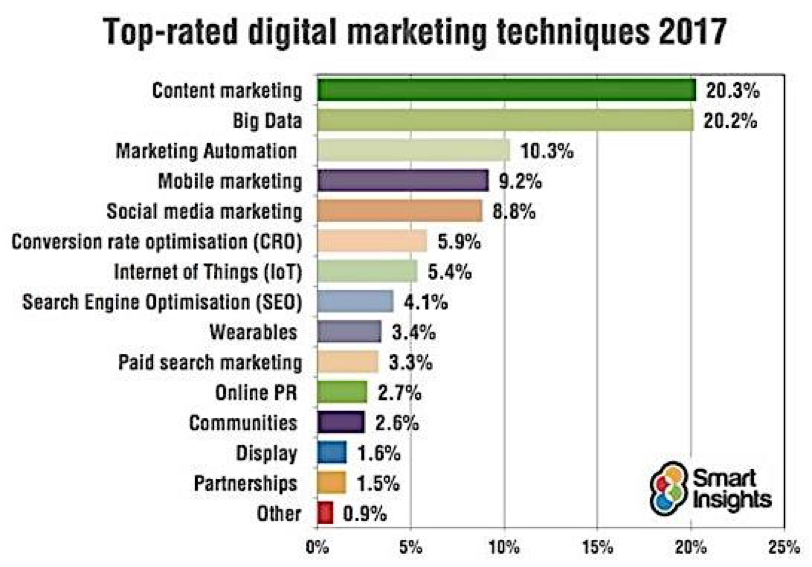Improvements In Pediatric Dentistry: Historic Growths, Present Standing, And Future Instructions
Improvements In Pediatric Dentistry: Historic Growths, Present Standing, And Future Instructions
Blog Article
Content Writer-Cline Busk
As you discover the elaborate trip of pediatric dentistry, tracing its development from the past to the here and now and glimpsing right into the future, you'll discover a tapestry woven with innovation and care. From how to get strong teeth and gums turning points to present patterns and future opportunities, the landscape of pediatric oral treatment is ever-changing and full of capacity. Ready to uncover the secrets of just how this area continues to adjust and thrive, guaranteeing brighter smiles for generations to find?
Historic Landmarks in Pediatric Dental Care
Throughout history, pediatric dental care has seen significant developments and turning points that have actually formed the area into what it's today. bridgework dentistry turning point was the establishment of the very first oral college in 1840, where dental care started to be recognized as a specific area requiring certain knowledge and abilities. As the area developed, the very early 20th century saw the introduction of dental X-rays, reinventing diagnostics and treatment preparation for pediatric clients. Furthermore, the advancement of fluoride treatments in the mid-20th century significantly boosted preventive care and reduced the occurrence of tooth decay in kids.
Another turning point in pediatric dental care was the development of the American Academy of Pediatric Dentistry in 1947, which intended to promote ideal dental wellness for children. Visit Webpage played a pivotal role in setting criteria for pediatric oral treatment and advancing study in the field. https://cbsaustin.com/sponsored/spotlight/an-austin-dentist-explains-how-to-get-the-smile-youve-always-wanted turning points laid the foundation for modern-day pediatric dentistry, emphasizing the relevance of specialized care for kids's oral health and wellness.
Current Trends in Pediatric Dental Treatment
Incorporating cutting-edge technology and customized precautionary methods, modern-day pediatric dental treatment continues to adjust to the developing needs of young people.
The following patterns display the existing landscape of pediatric oral treatment:
1. ** Digital Dentistry **: Digital impressions, 3D imaging, and CAD/CAM modern technology are revolutionizing the way pediatric dentists identify and treat dental health concerns in youngsters. These developments boost precision, performance, and individual comfort throughout oral procedures.
2. ** Tele-Dentistry **: With the increase of telemedicine, tele-dentistry has actually emerged as a practical method for pediatric dental practitioners to give assessments, follow-ups, and also specific therapies from another location. This approach enhances accessibility to care, particularly for individuals in rural or underserved locations.
3. ** Preventive Emphasis **: Pediatric dental care now positions a stronger emphasis on safety nets such as sealers, fluoride therapies, and early orthodontic interventions. By advertising excellent oral health habits and normal oral brows through from a young age, specialists intend to avoid oral issues prior to they rise.
Future Developments in Pediatric Dentistry
Looking in advance, pediatric dentistry is positioned to present advanced technologies and cutting-edge strategies to better enhance the dental healthcare of young people.
One interesting development on the horizon is the use of 3D printing in developing personalized oral devices like dental braces and mouthguards, providing a much more specific and comfortable suitable for kids.
In addition, virtual reality (VR) modern technology is being discovered to help reduce dental anxiousness in young people by supplying immersive interruptions during treatments.
Nanotechnology is another location of interest, with the potential to establish nanomaterials that can remineralize teeth and prevent dental caries more effectively.
Tele-dentistry is also acquiring grip, permitting remote assessments and surveillance, which can specifically profit youngsters in country or underserved areas.
Additionally, hereditary screening may quickly contribute in personalized precautionary treatment, determining children's tendencies to specific oral health and wellness problems.
These developments symbolize an exciting future for pediatric dental care, guaranteeing improved results and experiences for the youngest oral patients.
Conclusion
As you assess the advancement of pediatric dentistry, keep in mind that improvements in innovation and individualized care remain to shape the field.
Picture a child named Emily, that took advantage of a 3D published oral device that perfectly fit her special needs, ensuring her convenience and oral wellness.
The future of pediatric dental care holds amazing possibilities, providing innovative solutions to boost the dental experiences of young individuals like Emily.
